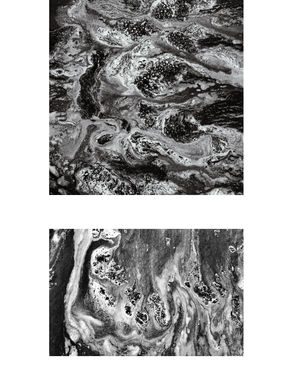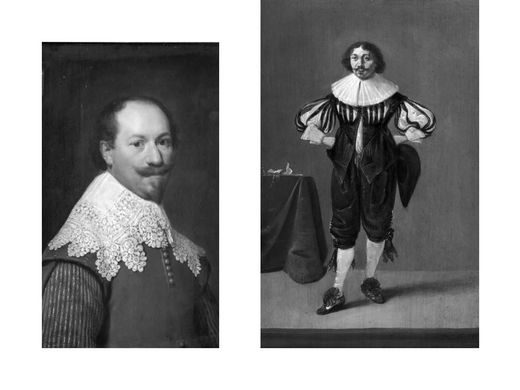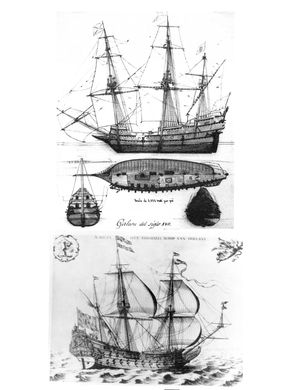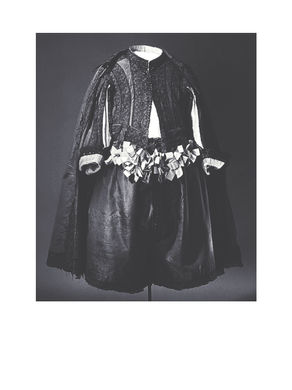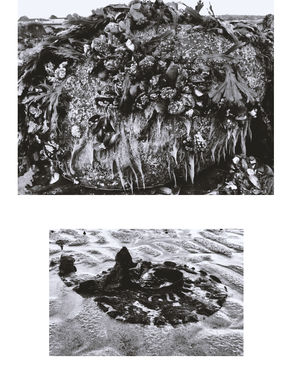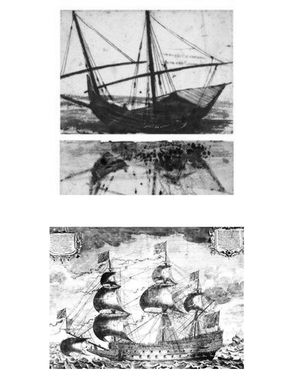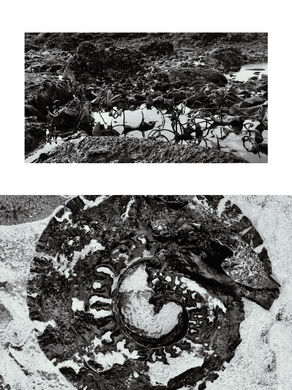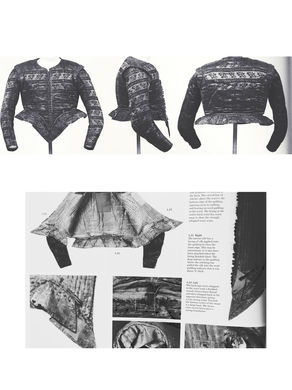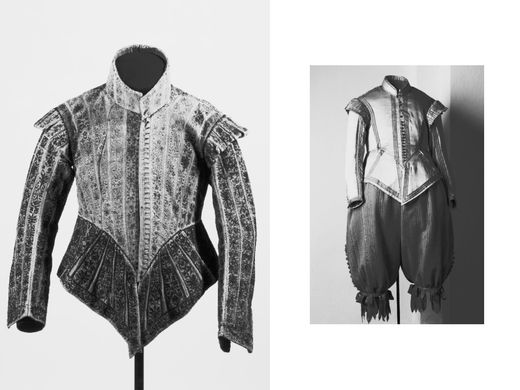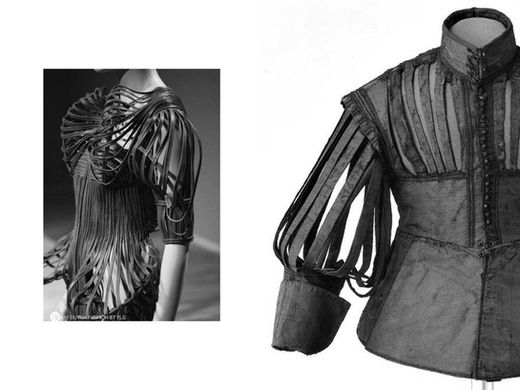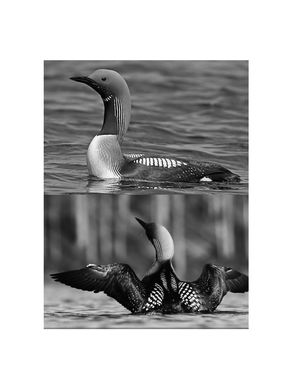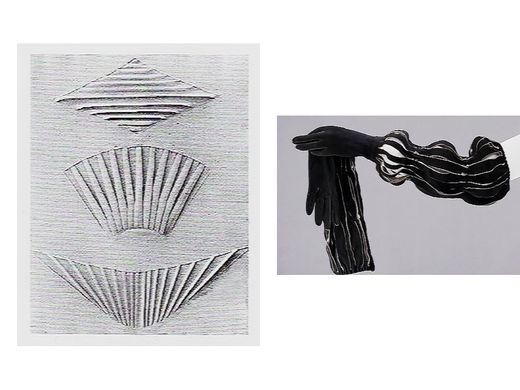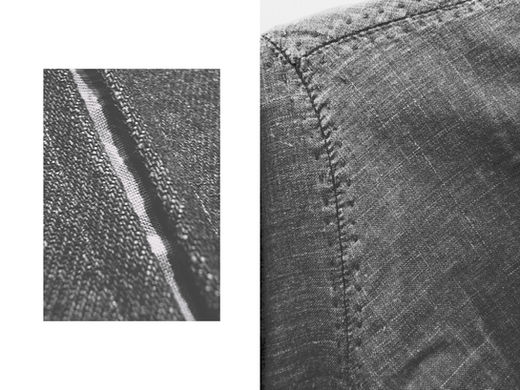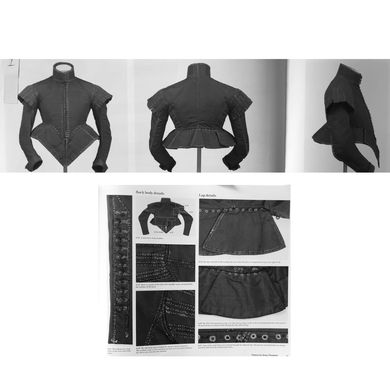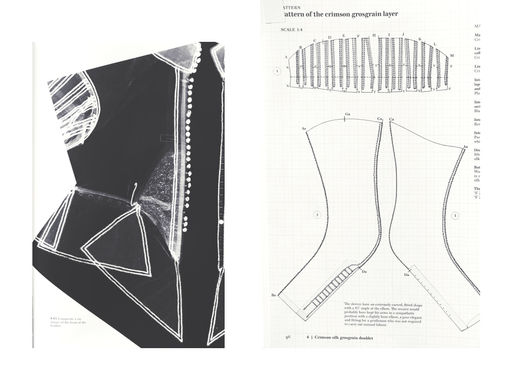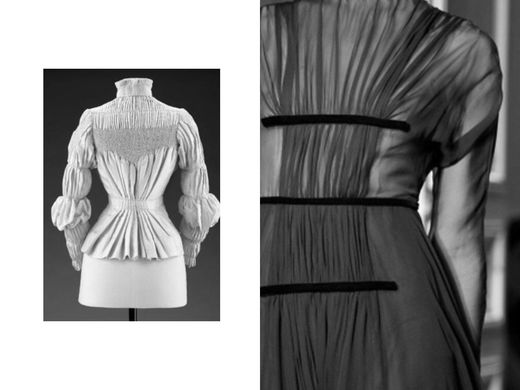Doun He Lighted

"Doun he lighted, his sool sot righted."*
*Project title: excerpt taken from the trial of Marion Fisher in 1643 at St Cuthberts, Edinburgh, where she was accused of witchcraft for using this folk healing charm to cure sickness and the distempered.
Doun He Lighted is a performance piece conceptually expressing severe mental illness. The costumes and performance act as a love letter to the sufferer's partner, in acknowledgement of the great tolerance and aid provided. Using opposite sex costume from 1600-1630, her own personal images taken from swims and walks on local coastlines and personal interpretation from a selection of texts dating from 1600 to present day (including: poems, operas, anthropological texts and historical charms) that engage in water/the sea, affliction and suffering; Yan creates texture, movement, atmosphere and metaphors that embody this second hand suffering.
.
This page is under development, please excuse its current appearance, work will be fully uploaded soon.
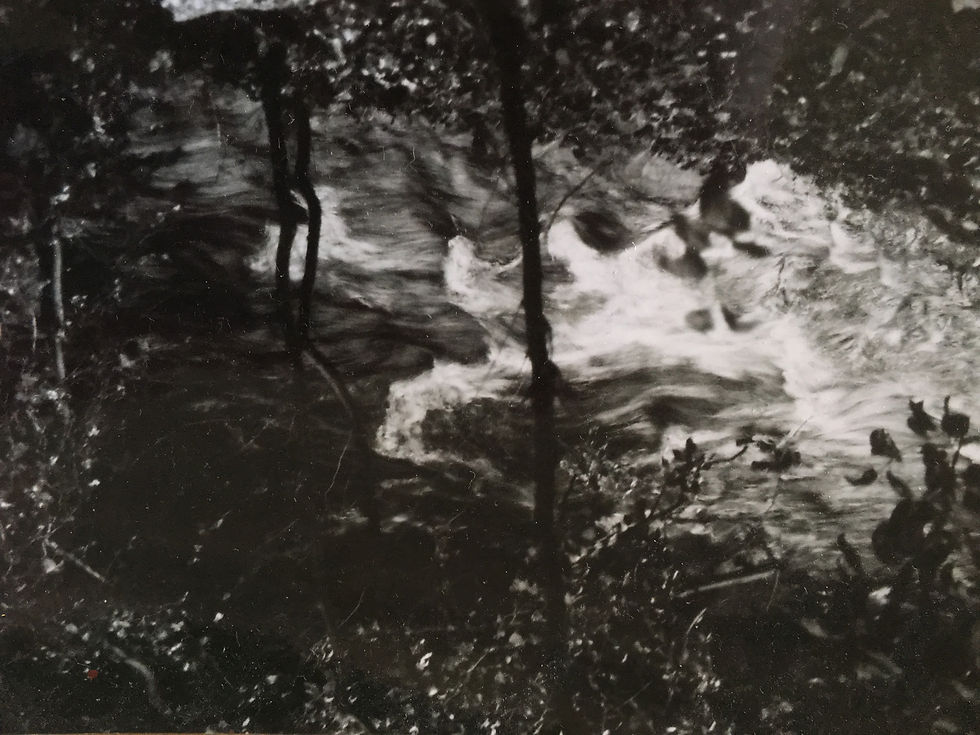



























Research and Inspiration Imagery
Further Concept Information:
"O you who rashly approaches these shores, I thank you.
O you who bravely enters my wastes of weeping and pulls us both out, radiant, I love you."
These pieces are a representation of the tolls a partner endures through caring for a sufferer of Borderline Personality Disorder. Although designed in reflection of the carer, they are worn by sufferer to express gratitude and awareness of her partners choice to wear these pains. daily, with endless humility, strength and respect. Using 1600-1630 men's doublet patterns, Yan draws up the alignment of Scotland and England at this time to show the couples experience of battle, their then (historically) allied countries and naturally their unity as partners. Yan has used texts favoured for their personal interpretation of the complex support needs, behaviours and damages present. These texts are preferred mediums in creative inspiration; from opera and period fiction, references of historical everyday culture, ancient tongues and practice and poetry that feature strong visuals, so chosen to compliment the costume's conceptual nature. In transparent black, Yan represents the overshadowed and silent acceptance of these hardships, the tone on tone texture further expresses this toll and the cut shows the shaping and reinvention caused by these traumas. Taking additional inspiration from the Scottish coast, Yan uses the dark twisting forms cast upon the shore, the creaking vessels that ride the waters surface and the weathering of the ever stable and enduring land. These visuals are used in collaboration with the motion of swell, wind, spray, tide and the rhythm of early 17th century operatic musical phrasing to embellish textile and movement.
© 2020 by Yan Smiley, all rights reserved.


